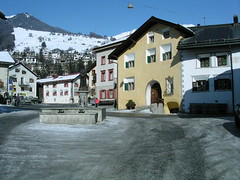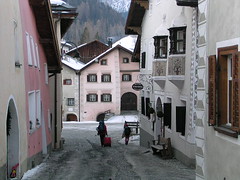Cleaning Up the Sound, Lobsters, Building in Public Waters
Lobsters … Connecticut fisheries officials believe that if fewer lobsters are caught in Long Island Sound, it will help the lobster population rebound from the big die-off in 1998 and 1999. Lobster fishermen, not surprisingly, disagree.
The Connecticut Post wrote about it, here, but reporter Ed Crowder misleads us when he says of the lobster die-off:
Its cause remains in dispute, but many blame pesticide-laden runoff — a legacy of the West Nile virus scare of the late 1990s.
While it’s certainly true that researchers are not absolutely sure of the caused, they reached a consensus of sorts a couple of years ago. Here are some excerpts from a summary of research results:
Warmer water temperatures, low oxygen levels, and related stresses are the likely reason for a massive die-off of lobsters in Long Island Sound in 1999….
… 17 research teams from seven states presented three years of research that points to a period of above-average water temperatures as triggering problems leading to the deaths of 95 percent of the western Sound's lobster stocks. A cold front and winds from Hurricane Dennis stirred up the water in August 1999. A few weeks later, Tropical Storm Floyd brought more than 3 inches of rain and resulting runoff that stressed the lobsters further.
The role of pesticides hasn’t been ruled out but is considered less important:
Investigations into three pesticides sprayed that summer to kill mosquitoes carrying West Nile virus found that at least two of the compounds, methoprene and malathion, would need to be used at much higher levels to kill lobsters. Research on the pesticide resmethrin, however, suggests that it could kill a lobster submerged in water containing .095 parts per billion (ppb), according to Sylvain De Guise, associate professor of pathobiology at the University of Connecticut. Based on water models, it is believed that concentrations of resmethrin reached .39 ppb to .54 ppb in some locations on the bottom, "which may have had lethal effect on larvae and immune effect on adults in Long Island Sound in 1999."
Private Use of Public Waters … On Block Island there’s a major fight over a major expansion of a marina into the publicly-owned waters of the Great Salt Pond, which encompasses a national wildlife refuge and extensive clam beds. In the Providence Journal.





